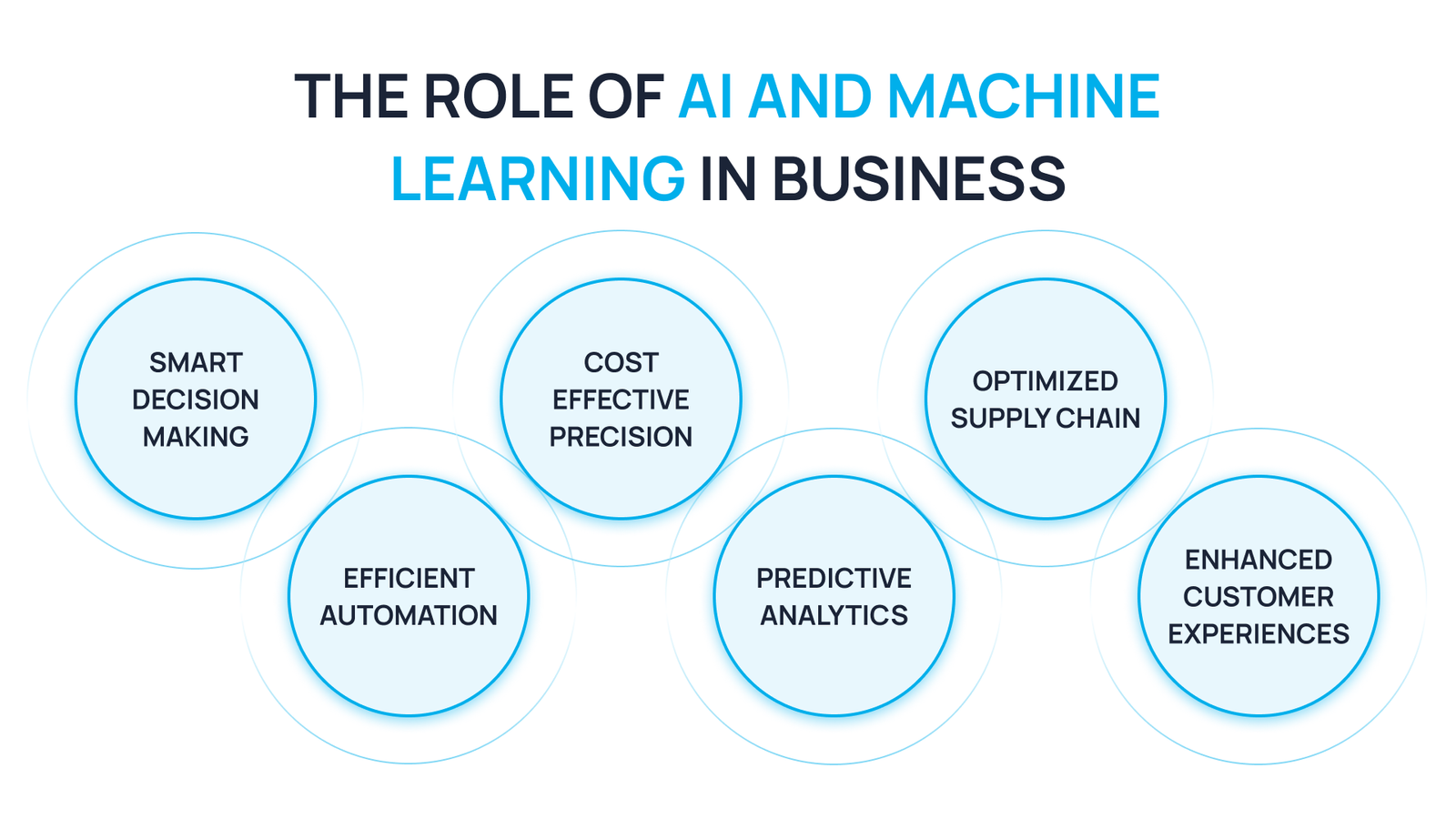AI Industries News
5 Steps for Autonomous Vehicles to Manage Adverse Weather Conditions

Autonomous vehicles (AVs) are changing modern transportation by offering enhanced safety, efficiency, and convenience. However, AV weather challenges such as rain, snow, fog, and hail pose significant risks to their performance. These conditions can impair sensor functionality, reduce visibility, and affect vehicle dynamics, making AV weather adaptation essential for their safe operation.
This article explores five key steps that enhance AV performance in poor visibility and ensure reliable navigation in adverse weather.
Key Takeaways
- Advanced Sensor Technology: Improving AV sensors in fog and other extreme weather conditions.
- Real-Time Data Integration: Leveraging AI-driven weather detection for AVs and V2V communication.
- AI and Machine Learning: Using predictive decision-making to enhance AV navigation in bad weather.
- Adaptive Vehicle Dynamics: Adjusting speed, braking, and suspension for safety in extreme conditions.
- Continuous Testing and Updates: Implementing AV weather safety protocols through rigorous real-world and simulated testing.
Autonomous Vehicles and Weather Conditions
AV weather challenges significantly impact their ability to operate safely. Adverse weather conditions, such as heavy rain and dense fog, reduce sensor accuracy and limit vehicle perception. For instance, AV sensors in fog may struggle to detect road markings and obstacles, affecting decision-making.
Beside, snow-covered roads and icy surfaces compromise traction, making planning for self-driving cars in bad weather more complex. Without proper adaptation, AVs may experience performance failures, underlining the need for robust AV weather safety protocols.

Step 1: Advanced Sensor Technology for Weather Detection
Sensors are the eyes and ears of autonomous vehicles, playing a crucial role in environmental perception. To operate safely in adverse weather, AVs must be equipped with sensors capable of detecting and adapting to challenging conditions.
- Enhanced LiDAR Systems: Traditional LiDAR sensors can struggle in poor weather conditions. Advancements in LiDAR technology, such as higher power output and multiple wavelengths, are being developed to improve performance in adverse weather.
- Ground-Penetrating Radar (GPR): GPR can detect road conditions beneath the surface, providing valuable data in low-visibility situations.
MIT Lincoln Laboratory developed a Localizing Ground-Penetrating Radar (LGPR) system that has demonstrated centimeter-level accuracy at speeds up to 60 miles per hour, even when snow, fog, or dust obscures aboveground features.
Step 2: Real-Time Data Collection and Integration
Integrating real-time data from various sources enhances the AV's ability to make informed decisions during adverse weather conditions.
- External Weather Data: Leveraging external weather information helps AVs anticipate and prepare for upcoming weather-related challenges. This data can be integrated into the vehicle's decision-making processes to adjust routes or driving behavior accordingly.
- Vehicle-to-Vehicle (V2V) and Vehicle-to-Infrastructure (V2I) Communication: V2V and V2I communication systems enable AVs to share information about road conditions, traffic, and weather hazards.
This real-time data exchange, through V2X communication and external weather data, not only helps improve the vehicle's immediate response to changing conditions but also contributes to long-term autonomous vehicle performance optimization.
By using AI-driven data integration, AVs can anticipate potential dangers more effectively, ensuring safer autonomous driving and more efficient routes even in the most challenging weather conditions.
Step 3: AI and Machine Learning for Predictive Decision Making
Artificial Intelligence (AI) and Machine Learning (ML) are pivotal in enabling AVs to predict and respond to adverse weather conditions effectively.
- Predictive Modeling: AI algorithms can analyze patterns in weather data to predict potential hazards, allowing AVs to adjust their routes or driving strategies proactively.
- Sensor Data Fusion: Combining data from multiple sensors through AI enhances the reliability of environmental perception, even when individual sensors are compromised by adverse weather.
By leveraging AI-driven decision-making in autonomous vehicles, AVs can navigate complex environments with greater accuracy and safety.
Step 4: Adjusting Vehicle Dynamics for Safety and Performance
Adapting vehicle dynamics is crucial to maintain safety and performance during adverse weather conditions.
- Adaptive Speed Control: AVs can adjust their speed based on real-time assessments of road conditions, reducing the risk of skidding or hydroplaning on wet or icy surfaces.
- Enhanced Braking and Traction Control: Advanced braking systems and traction control mechanisms help maintain stability during sudden stops or on slippery roads.
- Suspension Adjustments: Modifying suspension settings can enhance vehicle stability and passenger comfort in extreme weather conditions.
Step 5: Continuous Testing and Updates for Weather Adaptability
Ongoing testing and updates are vital to ensure AVs remain adept at handling adverse weather conditions.
- Virtual Simulations: Conducting simulations of various weather scenarios allows developers to identify potential issues and improve vehicle responses without real-world risks.
- Real-World Testing: Deploying AVs in diverse regions with varying weather patterns provides practical insights into their performance and areas for improvement.
- Over-the-Air (OTA) Updates: Regular OTA updates ensure that AVs have the latest software enhancements, including refined sensor algorithms and improved decision-making capabilities for adverse weather scenarios.
Tesla, for instance, has utilized OTA updates to enhance its vehicles' capabilities, with the Model 3 receiving over 150,000 updates since 2019, demonstrating the effectiveness of OTA updates in maintaining and improving vehicle performance
Enhancing Weather Performance in Autonomous Vehicles
By implementing these five essential steps - advancing sensor technology, integrating real-time data, leveraging AI for predictive decision-making, adjusting vehicle dynamics, and committing to continuous testing and updates - autonomous vehicles can significantly improve their performance in adverse weather conditions. Ongoing innovation and collaboration among industry stakeholders are crucial to ensure the safe and reliable operation of AVs, regardless of the weather.
FAQs
How do AVs handle foggy conditions?
AVs use a combination of AV sensors in fog, including radar, thermal imaging, and advanced LiDAR, to detect objects and maintain safe navigation.
Can AI help AVs predict adverse weather?
Yes, AI weather detection for AVs enables predictive modeling, allowing AVs to anticipate and adapt to challenging weather conditions.
What are some common AV weather safety protocols?
Key AV weather safety protocols include real-time weather monitoring, adaptive speed control, traction adjustments, and OTA software updates to refine vehicle performance.
Why is continuous testing important for AV weather adaptation?
Regular testing, including simulations and real-world trials, enhances AV performance in poor visibility and ensures that software updates address emerging AV weather challenges.




